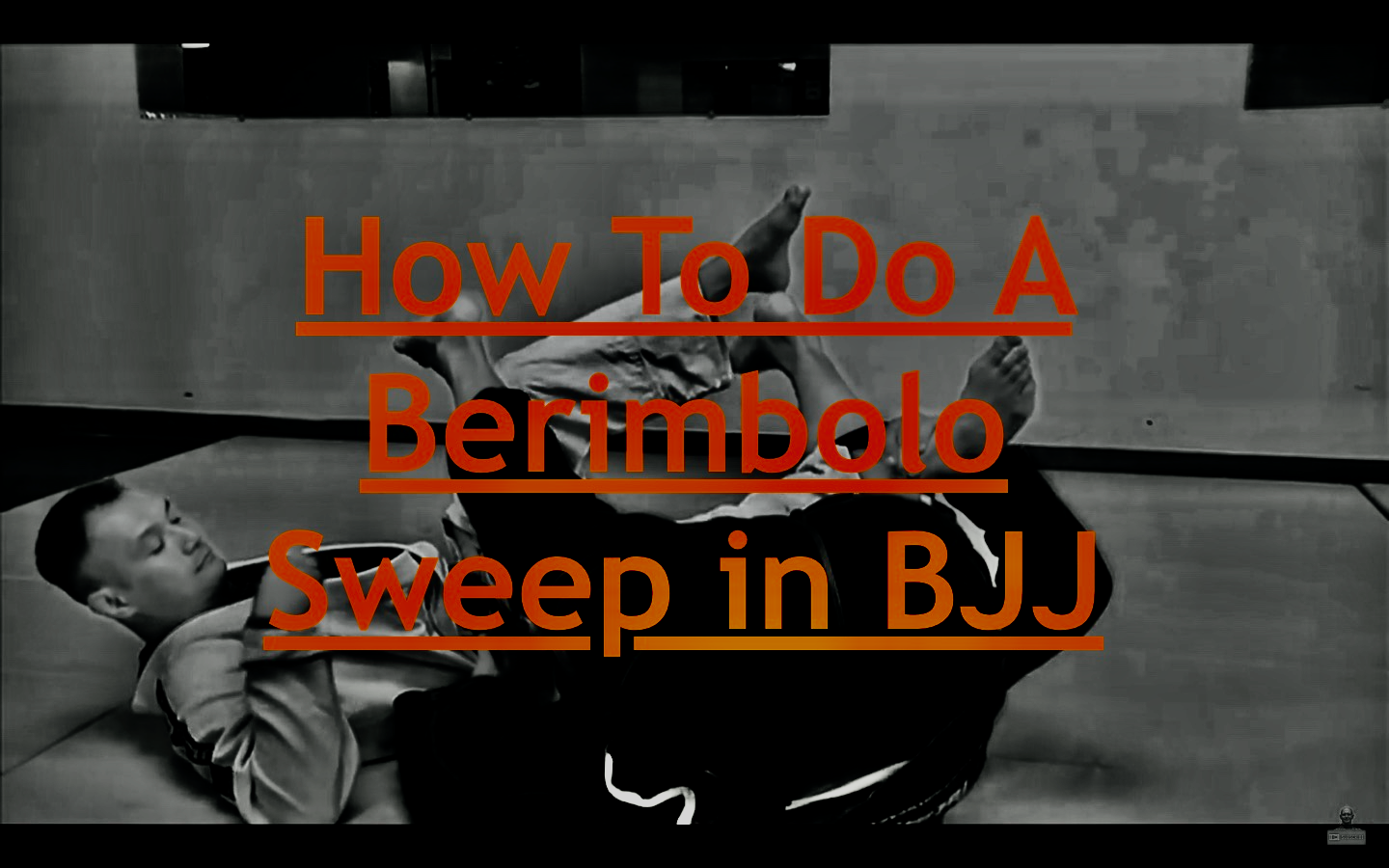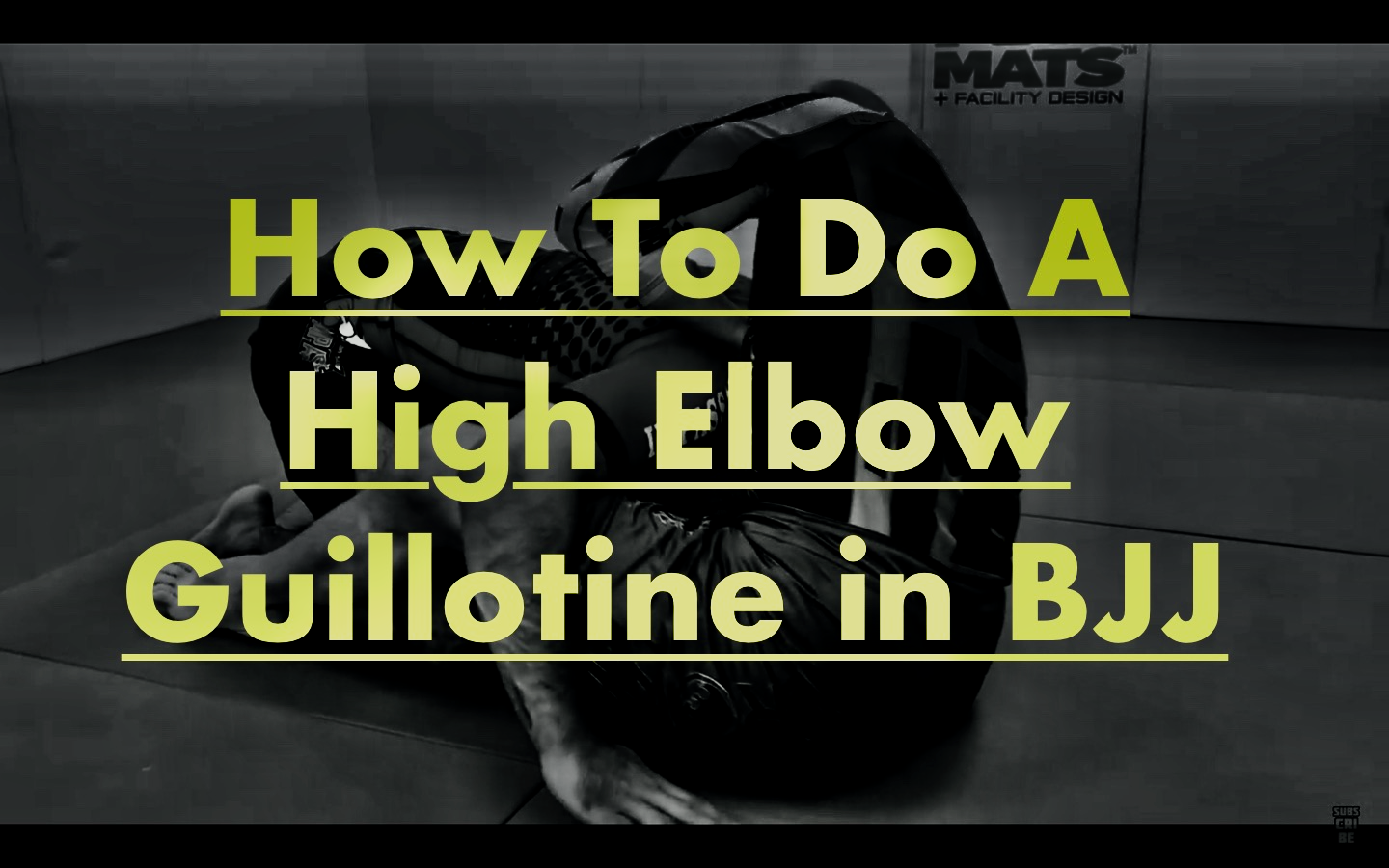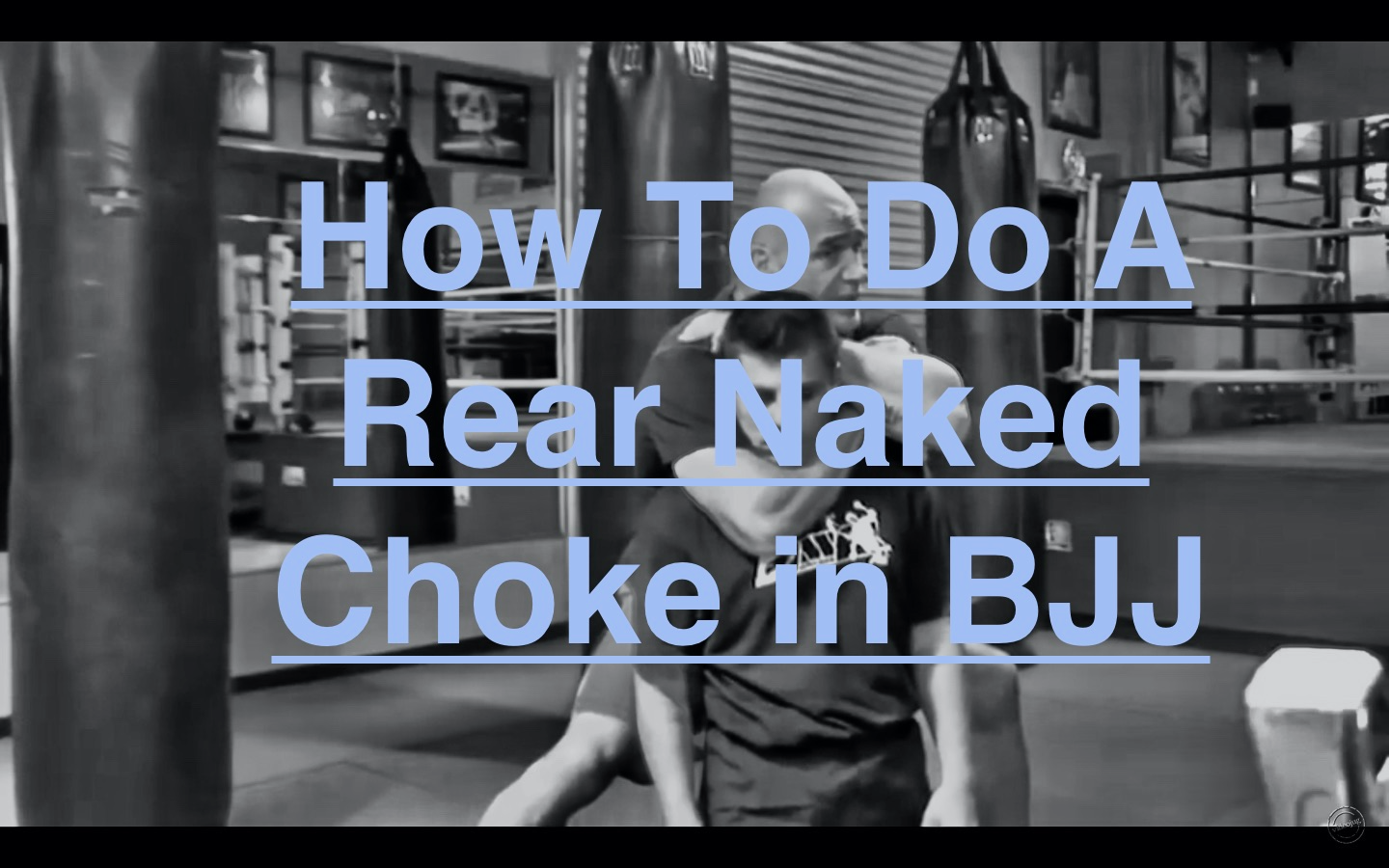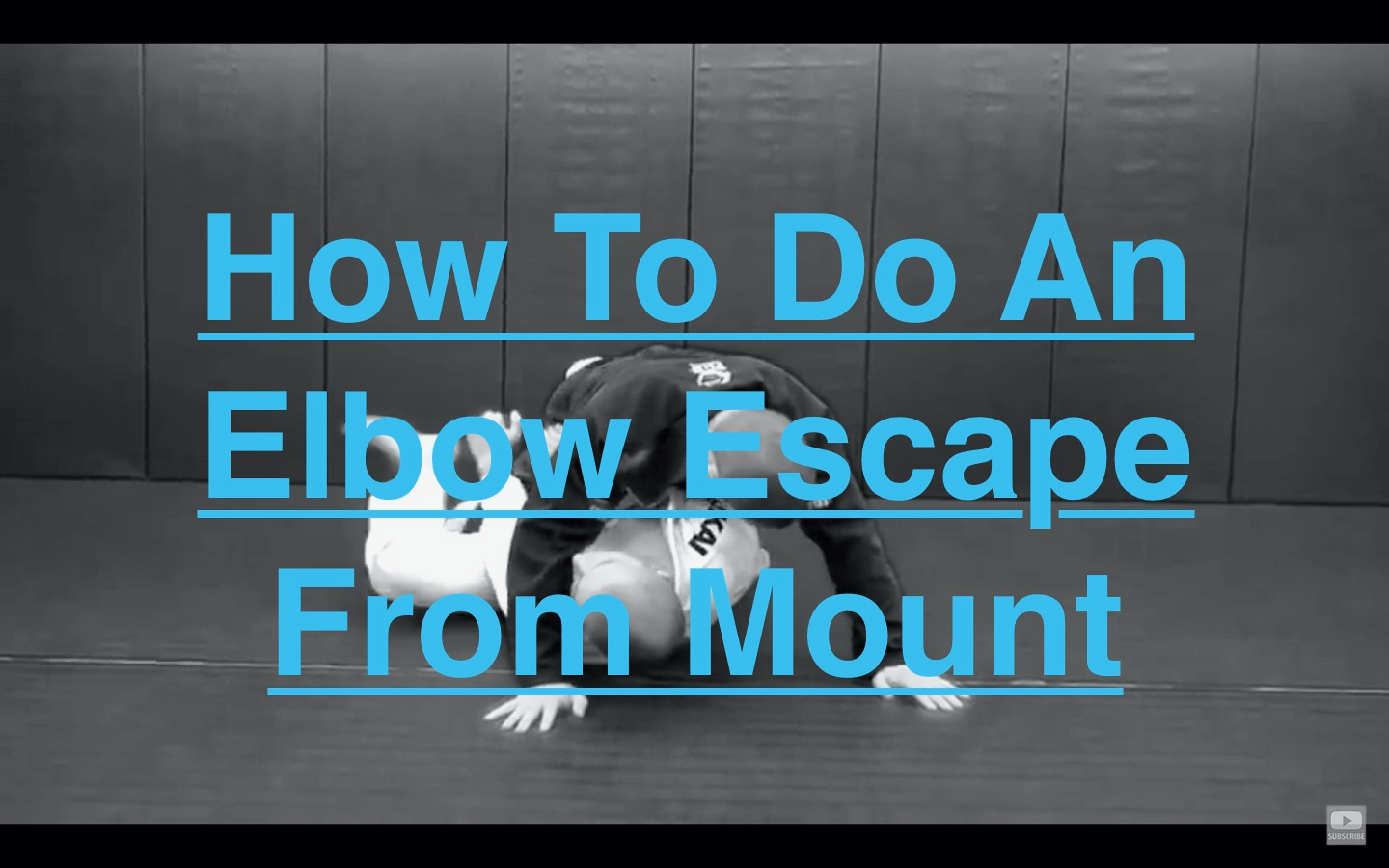
The punch block trap and roll mount escape is a simple, basic, effective mount escape. This variation is based on the idea of blocking a punch, so it is definitely essential for a street fight or MMA, but it is so essential for Brazilian Jiu-Jitsu that it is a part of the Gracie BJJ How To Get a Blue Belt guide.
This mount sweep relies on one of the fundamental ideas in Brazilian Jiu-Jitsu when thinking about sweeping or escaping from your opponent: remove one of the legs of the table. Think of an opponent’s limbs as the legs of a table (since they have four of them and usually use all four to support themselves when they’re in a top position), and then think of what would happen if you were to take one of the legs away from a table (it would fall over, if not immediately then definitely if you bumped it towards the missing leg). This is a fundamental rule when escaping or sweeping an opponent. In the punch block trap and roll escape, you take away one of the table legs (the opponent’s arm) and then set up a block on their leg to stop them from changing from a normal table into a tripod. This allows you to simply visualize the trap and roll mount escape shown in the video below.
Start: Mounted with opponent posturing up to punch
Step 1: Sit up and hug opponent’s midsection to reduce space
Step 2: Bridge hips to push opponent forward and force them to post their hands on the floor
Step 3: Reach hands up and onto opponent’s shoulders from behind and climb up opponent’s body with legs
Step 4: Trap opponent’s arm on the rolling side with a whizzer-style over-elbow arm wrap
Step 5: Post rolling-side foot on the outside of opponent’s leg to trap it
Step 6: Bridge up and to rolling side and reach other-side arm up to roll opponent onto their back
Finish: Opponent’s guard via punch block trap and roll escape









